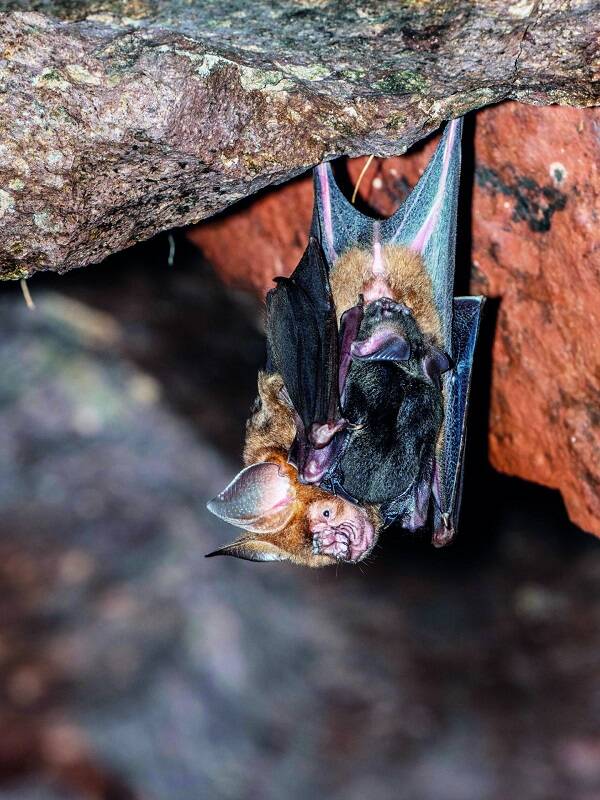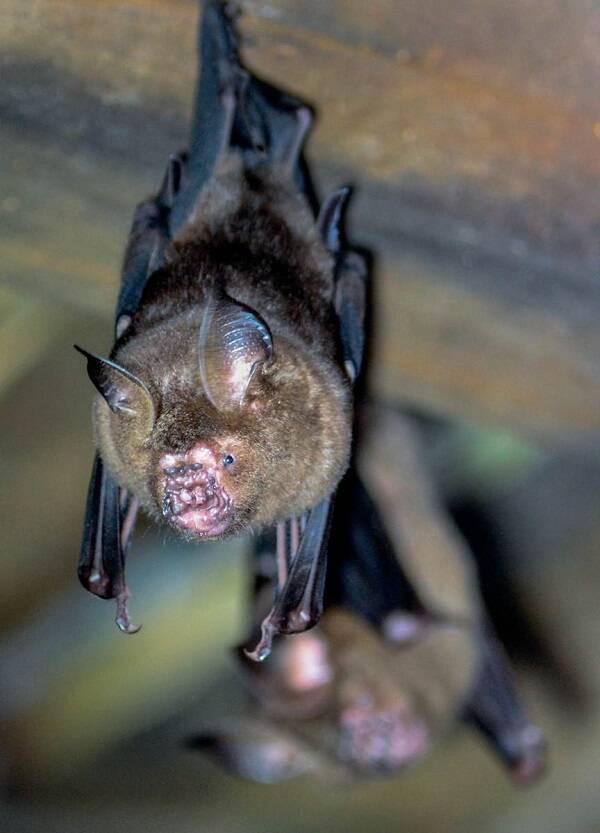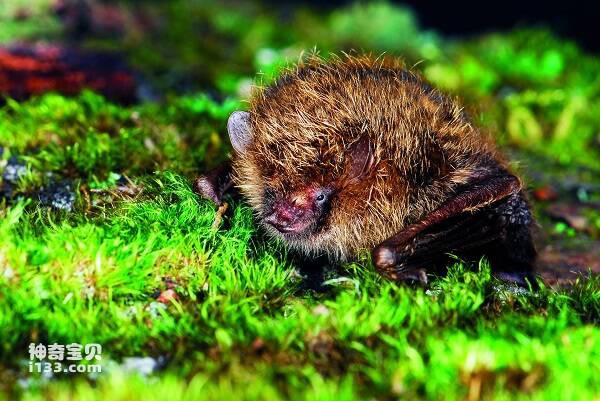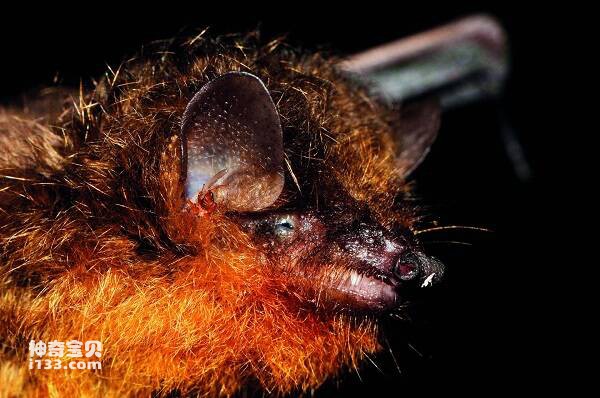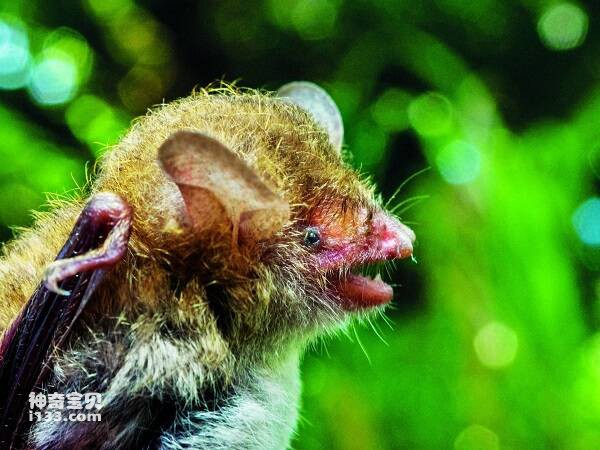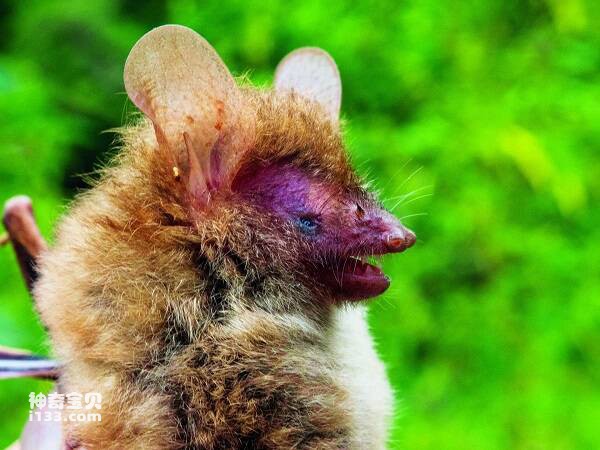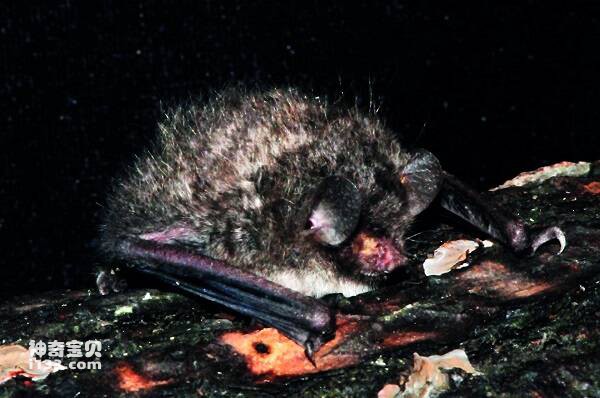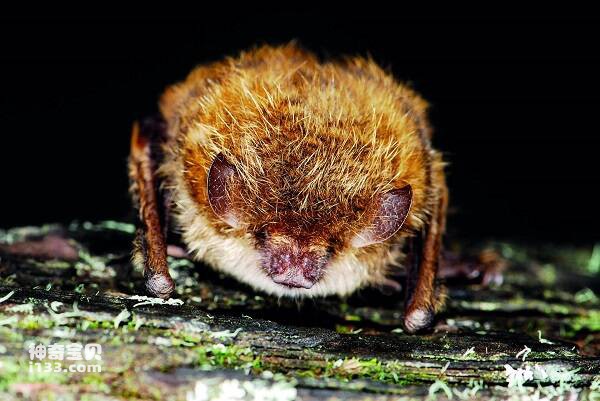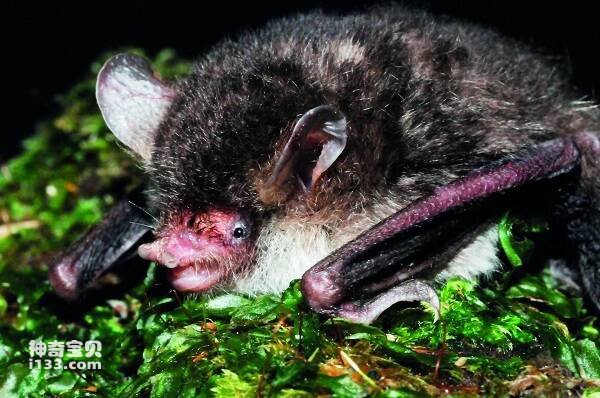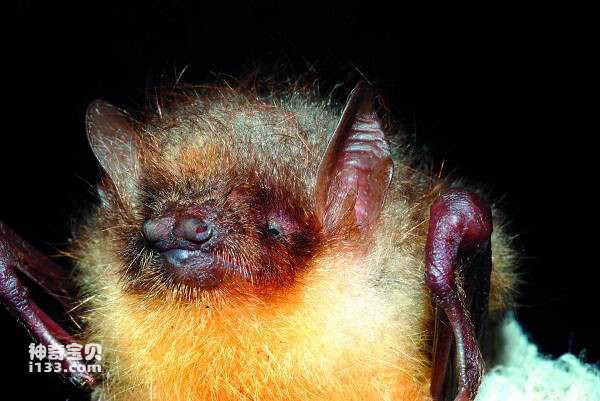Hipposideros armiger
IUCN
LCBasic Information
Scientific classification
- name:Hipposideros armiger
- Scientific Name:Great Himalayan Leaf-nosed Bat,Hipposideros armiger
- Outline:Chiroptera
- Family:Pterodactyla H.B.family H.B.Genus
Vital signs
- length:
- Weight:
- lifetime:
Feature
It is one of the largest species of insectivorous bats in China.
Distribution and Habitat
In China, it is distributed in Anhui, Fujian, Guangdong, Guangxi, Hainan, Guizhou, Hunan, Hubei, Jiangsu, Jiangxi, Shaanxi, Sichuan, Zhejiang, Yunnan, Tibet, Hong Kong, Macau and Taiwan. It is distributed abroad in Cambodia, Thailand, India, Vietnam and Malaysia and other South and Southeast Asian regions.
Horseshoe bats mostly inhabit high places in karst caves or abandoned tunnels with high humidity, and mainly choose dark zones as habitat sites.
Appearance
Large body, forearm length 83-98mm. The ears are large and triangular in shape. The horseshoe leaves are slightly square. There are 4 small appendages on each side; The upper part of the horseshoe leaf is a transverse middle lobe, with 3 longitudinal ridges in the center. And then the parietal lobe. There is a glandular sac opening in the middle of the forehead. The rostral part of the skull gradually rises from front to back in a sloping shape. Sagittal ridge developed. The maxillary 1st minor premolar is located outside the dentition. The upper body is brown, the lower body hair is yellowish brown, the hair base is dark brown or chestnut brown.
Details
The big horseshoe bat is very large, with forearms up to nearly 100 mm, ears are also large, triangular, hair is long and dense, body color changes, back color smoke brown or even black brown, belly color gray brown, some purple brown.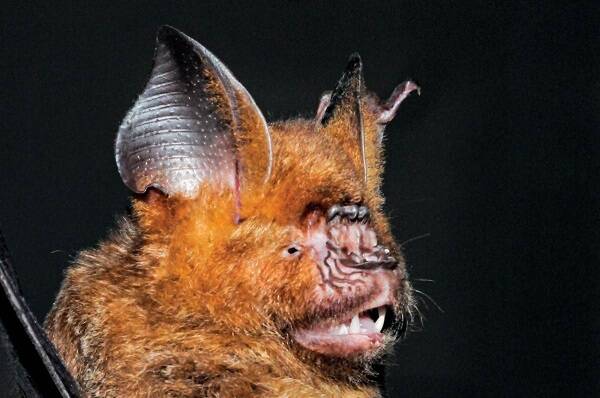
Large horseshoe bats often live in tens or hundreds of individuals together, and sometimes a single bat hangs on the top wall, often mixing with other bats, and have been seen in the same cave, the horseshoe bat, the horseshoe bat, the horseshoe bat, the horseshoe bat, the Chinese Myotis bat, the hairy-legged Myotis bat, the velvet myotis bat and the broken wing bat. Big horseshoe bats hibernate in November, most of them are deep in the tunnel during hibernation, and begin to activity in February to March of the next year, and move near the hole after sleeping, and some even in the environment of large brightness and high temperature. Winter does not move to fly, in early January, when the temperature of the cave is 10 ° C, their wings are folded on the side of the body, the humidity in the hole is large, the hair has water beads, and a few take off after interference. When the water gets wet, they hang upside down with their left hind leg, comb their chest hair with their right hind toe gourd, and lick the water out of their mouth, and so on many times.
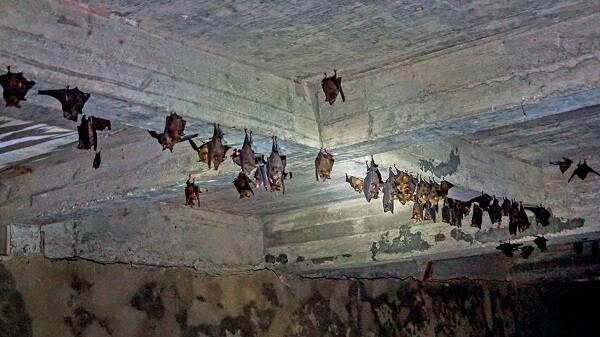
Big horseshoe bats generally go out for food at night in summer and fly over residential areas, farmlands, and forests, hunting insects and flying slowly, especially lepidoptera moths.
The breeding season of the great horseshoe bat has a lot to do with its habitat. The Chinese giant horseshoe bat breeds in early summer, and the pregnant bat gave birth in mid-May in Guiding, Guizhou, with one litter in the right uterus. Anlong and Luo Chun, both seen in mid-June with external ear holes open, eyes not open, weighing 13-14 grams, forearm length 37-41 mm, shin length 17 mm. Pregnant bats were reported in Hainan in mid-March. According to Medway (1987), great horseshoe bats in Malaysia breed twice a year, and pregnant bats are seen in February-May and September-October.
Conservation level: Listed in the International Union for Conservation of Nature Red List of Threatened Species (IUCN) in 2008 ver 3.1 - Not Threatened (LC).
